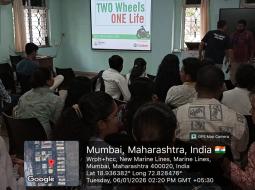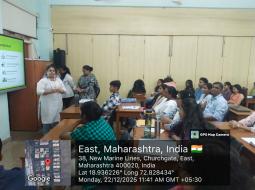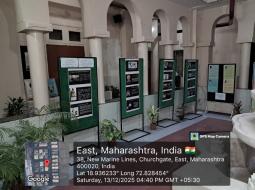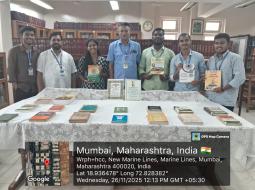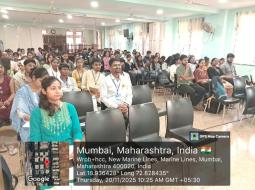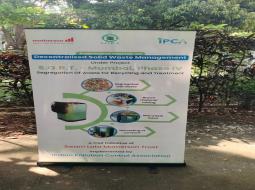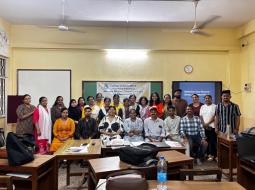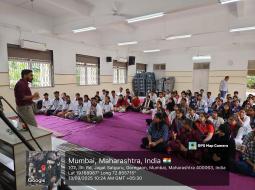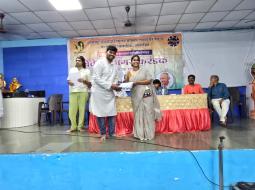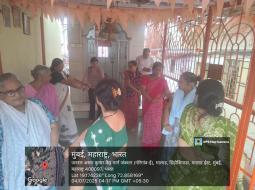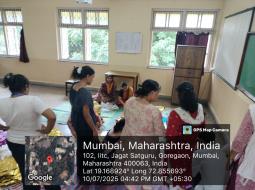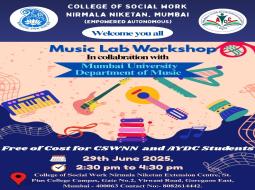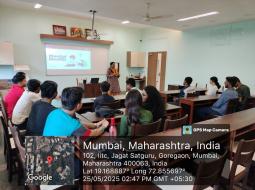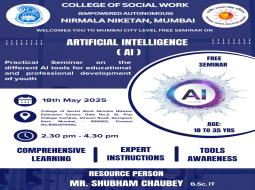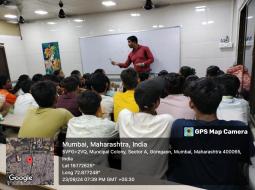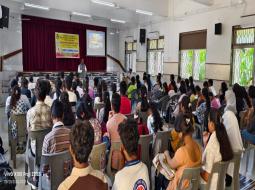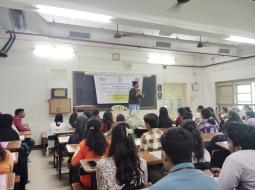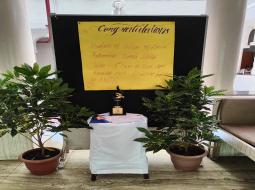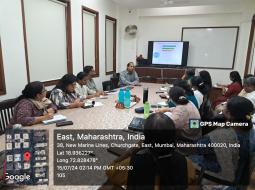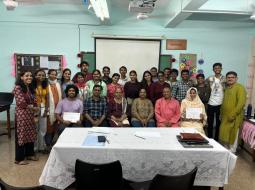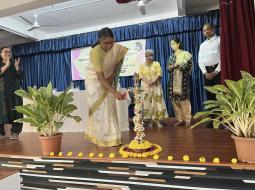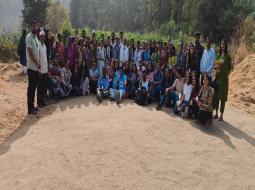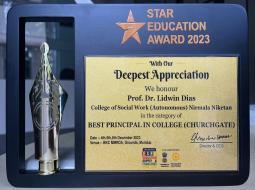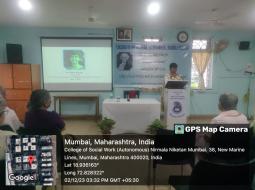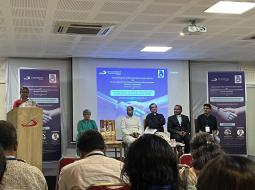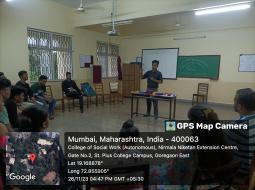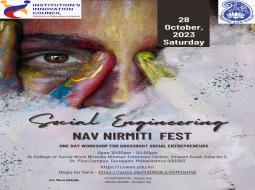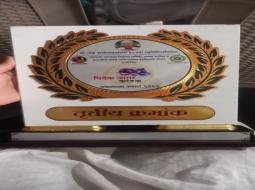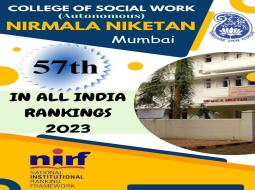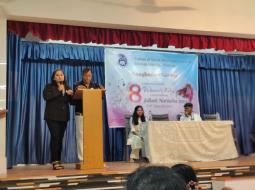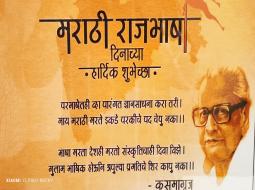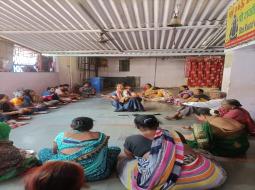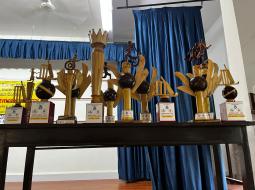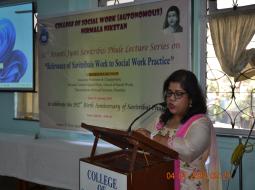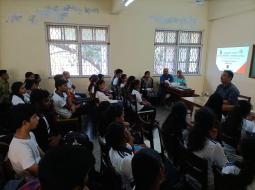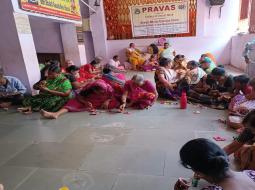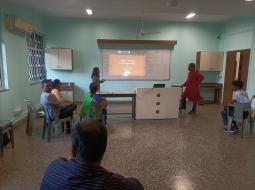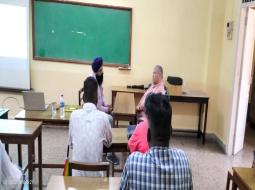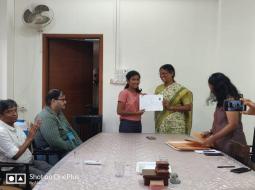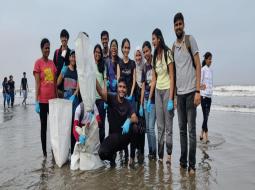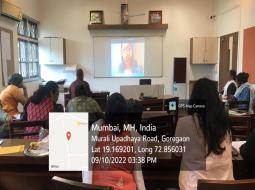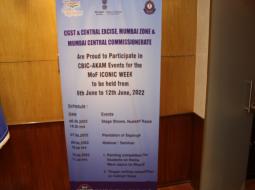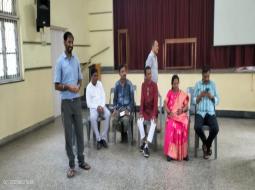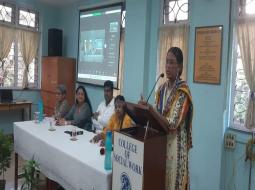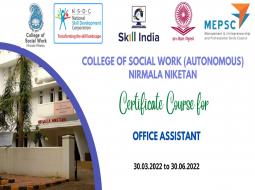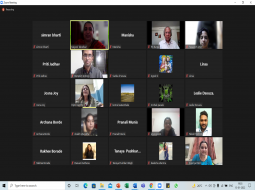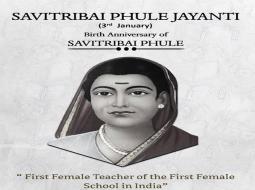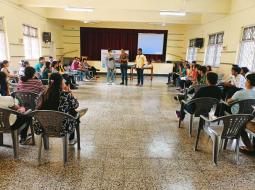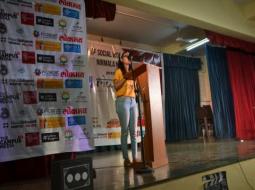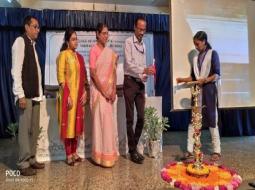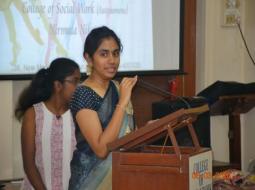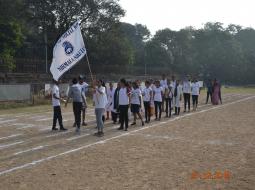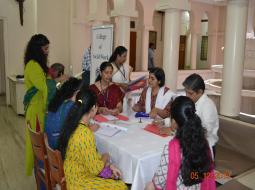Library of the College started in 1958, in a small way, outside the Principal’s office with a couple of cupboards and a few books. In 1960, it was moved to a little room on the ground floor. The library existed in this little room for a few years adding to the original stock of books and cupboards till it was finally shifted to the Third floor of the building where it now exists. The college has a well equipped library which serves as a rich collection of updated, relevant material for undergraduate and post graduate students. The library is completely computerized and serves all categories of people from the field apart from its services to the college.
Some of the salient features are as follows:
1. Library provides remote login facility to the users. All research and term paper students doctoral students and faculty use this facility for accessing online and digital resources at their home as per the following conditions:
- Users can access online journals and e-databases as per e-resource access policy and remote access policy.
- The information retrieved from these online journals and e-databases through remote/campus access facility will be used only for their educational and research purpose and not for any commercial gains.
- If a user is found violating the above-mentioned conditions, he/she will be liable for strict disciplinary action as decided by the management .
- The user will have to provide the MAC address of their Laptop/Desktop.
- Data browsing/download limit is 250 MB per day per user.
2. Information related to the availability of library resources can be searched through the Online Public Access Catalog (OPAC). OPAC facilitates ‘author/s’, ‘title’, ‘subject’ and ‘keyword’ search. Users can save search results in their OPAC accounts, can reserve the books online, share the search results within their user groups and natural language tagging is also possible for their information
3. Current awareness services are offered. Every quarter new books and periodicals are being added. Library send new arrivals lists to users to create awareness on the new additions. Key news covered by the media in the newspaper is collected, and digitised for reference purposes.
4. During the induction programmes, an orientation session for the use of the library is conducted. All students/faculty joining the college are introduced to the various library resources and services. Access to print resource- rules and user categories, access to print and digital resources (in-campus/off-campus) and library services is explained. New entrants are also made aware of the value of the resources, as they enter the first phase of their professional journey.



